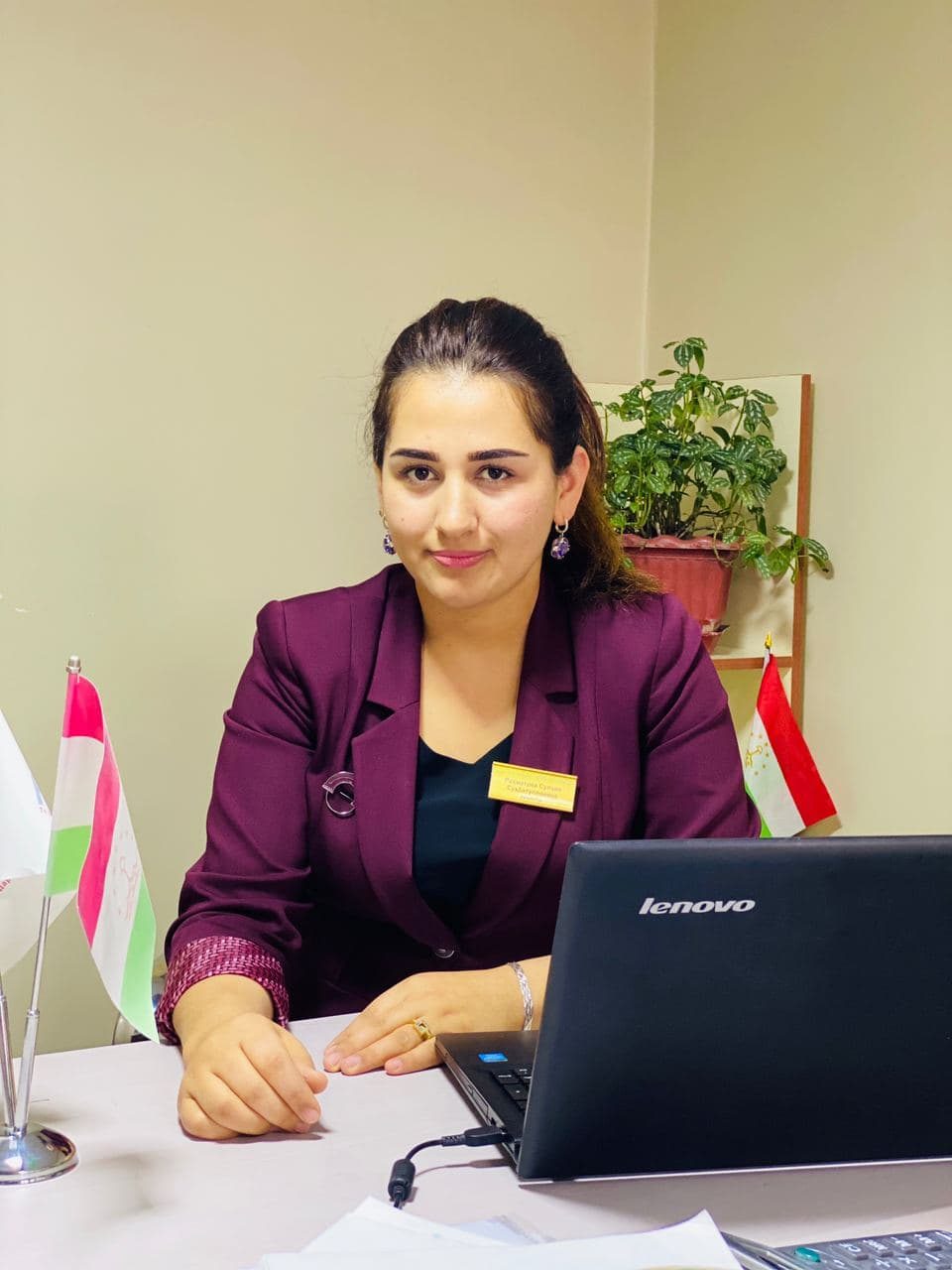Although this might sound redundant (after all, this is how you landed on our blog, already knowing what SEO is and its very workings), we shall draw a quick picture of what SEO means today. Search engine optimization (SEO) stands for the entire cumulus of search marketing efforts meant to make websites and online presence stand out both in search engines’ and users’ eyes. SEO should make your brand shine in a sea of other brands, all fighting to get among the first position in SERPs. Furthermore, it seeks to satisfy users’ thirst for fresh, high-quality, relevant, and useful information. Higher rankings in 2025 will be achieved through a combination of high-quality backlinks and social engagement together with brand credibility as well as authority – no more tactics of basic spam. A sustainable business success requires natural relationship development along with content value enhancement and directed outreach activities.
Optimize your profile by adding photos, responding to reviews, and updating your posts regularly. These steps improve your local ranking and make your business more trustworthy. An optimized GMB profile also signals to search engines that your business is active and reliable. This increases the likelihood of appearing in the local 3-pack results, which can drive significant traffic. Reputable websites linking to your content signal authority to search engines, which often improves rankings and boosts organic traffic.
Act on link building opportunities
Going with the goal of brand awareness and connection building gives better results. Did you know that 65% of brands use infographics as a marketing strategy? More than 70% of the influencers’ target audience comprises Gen Z and Millenials. So, if your major target audience belongs to this age group, influencer marketing is your way to go. Off page SEO techniques help to make your website more popular on the Internet.
And if they can’t access it, that directly affects your conversion rate. Internal linking often gets overlooked when it comes to on-page SEO. As your site grows, however, it’s critical to develop an internal linking process. That’s because internal linking helps crawlers explore your site, discover new content, and understand the context of different pages. Each page on your site should include text content that discusses the page’s topic.
There are practices off-page which might be effective for certain industries but might not work for others. For example, aggregator websites often give free award badges which when added to a webpage gives them a link back to their website. That’s a practice only aggregator websites have been able to use and might not work for a generic B2C company. At the start, they built authority by pointing links towards the homepage of the website for a site-wide distribution of PageRank. And later on, they started focusing on targeted landing pages as well.
The number of other links on the linking page also matters a lot. Next up, we have the actual linking domain, BHS Links also known as “referring domain”. However, semantic anchor texts can also make a huge difference on your rankings. Typically, the “best” anchor texts for SEO purposes are exact and partial match keywords. As we already mentioned, links pass on PageRank, which, in turn, increases the “weight” or value of your web page in the eyes of Google. In order to build an effective, all-encompassing off-page SEO strategy, you need several team members dedicated to their tasks over months, or even years.
What Are the Off-Page SEO Techniques?
- Make sure the content is relevant to your industry and business, and that the anchor text is adequate.
- Nowadays you can use LinkedIn, Facebook and many other social channels that allow you to do this but I always find face-to-face generates the best results.
- All you need to do is find a perfect blog or website that allows you to post as a guest.
With a responsive website, you have a single site, which makes it easy to update it and add new content. Implementing schema markup may also help you optimize your content to appear in Google’s AI Overviews and other answer engines. That’s because schema markup gives AI models more information about your page.
Guidelines for Link Building
You can still enjoy a boost in reputation and reap the benefits of unlinked mentions, which benefit your off-page SEO strategy in the long run. When you do, they’ll quote you as a source and link to your website, which gives you both backlinks and mentions. As HubSpot is an authoritative publisher and the article ranks highly, it passes link equity to the dropshipping article, improving its authority.
For example, Google’s Quality Rater Guidelines emphasize a site’s off-site reputation to figure out whether or not that site can be trusted. Backlinks and other off-site signals still form the foundation of Google’s algorithm. Whether you’re tracking progress or analyzing data, everything you need is at your fingertips. Unlock the power of advanced SEO tools and data-driven insights.














